1. Tennessee – Franklin

According to the Tennessee State Museum, before Tennessee became a state, a group of settlers tried to establish their own state called “Franklin.” The name was meant to honor Benjamin Franklin, who was a major figure in early American politics. However, Congress never officially recognized the State of Franklin, and it eventually dissolved. A few years later, the land was incorporated into what became Tennessee.
Had Franklin survived as a state, it could have dramatically altered the balance of power in the South. Tennessee has since become famous for its country music, whiskey, and deep Civil War history. “Franklin” would have been a fitting tribute, but it’s now just the name of a small town in the state. It’s one of the closest calls in American state-naming history.
2. Oklahoma – Sequoyah
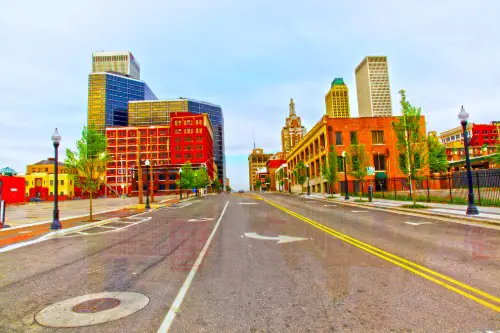
Before Oklahoma became a state in 1907, there was a serious push to name it “Sequoyah.” The name honored Sequoyah, the Cherokee leader who created the Cherokee writing system, according to National Geographic. In the early 1900s, Native American leaders wanted to establish the State of Sequoyah as a separate territory for Indigenous tribes. Congress rejected the idea, and instead, Oklahoma became a single state, blending Indian Territory and Oklahoma Territory.
Had it been named Sequoyah, it would have been the only U.S. state named entirely after a Native American leader. The rejection of the name was part of a larger pattern of ignoring Native American governance. While Oklahoma still has deep Indigenous roots, the name ultimately comes from the Choctaw phrase “okla humma,” meaning “red people.” It’s a small nod to the region’s Native history, but it could have been even more prominent.
3. West Virginia – Kanawha
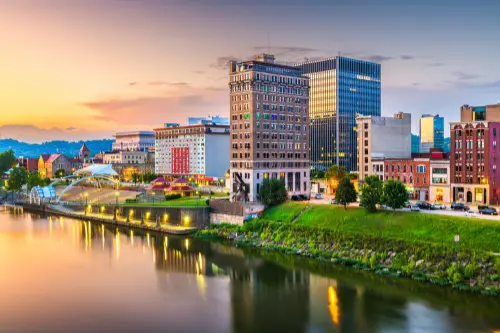
When West Virginia split from Virginia during the Civil War, there was a debate over what to call it. According to the West Virginia Department of Arts, Culture, and History, one of the strongest contenders was “Kanawha,” named after the Kanawha River and the Native American people who once lived there. The name had strong local ties, but ultimately, leaders decided to keep a connection to Virginia. They feared a totally new name might cause confusion or weaken their claim to statehood.
If it had been called Kanawha, it would have completely changed the way we think of the state today. “West Virginia” kept it linked to its history while still distinguishing it from Virginia. Some counties still have Kanawha in their names, preserving a piece of what could have been. But imagine trying to fit “Kanawha” on a state quarter—it’s a mouthful!
4. Utah – Deseret
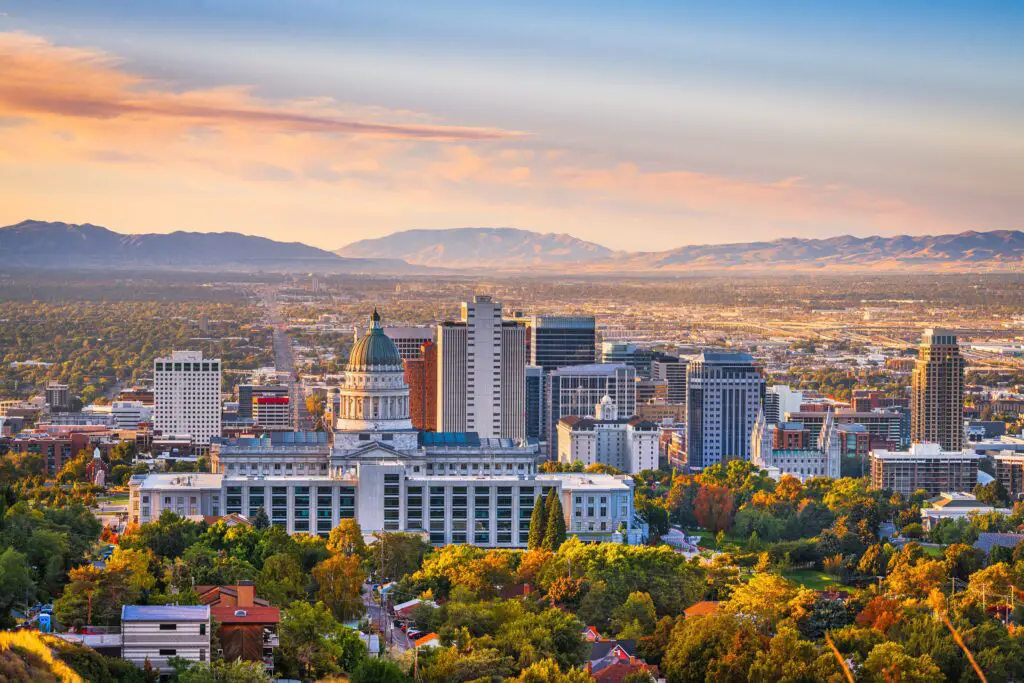
Utah was nearly called “Deseret,” a name proposed by early Mormon settlers in the 1840s, according to the Library of Congress. It came from the Book of Mormon and meant “honeybee,” symbolizing industry and hard work. Brigham Young and other leaders wanted to create a massive state stretching into present-day Nevada, Arizona, and California. But the U.S. government wasn’t keen on a religious group controlling such a huge territory, so they named it Utah instead, after the Ute tribe.
If Deseret had won out, Utah would have had a deeply religious identity baked into its name. The beehive symbol, which represented Deseret, still remains on Utah’s flag and state emblem. Even today, some businesses and institutions in Utah still use “Deseret” in their names. It’s a reminder of how close the state came to having a name straight out of scripture.
5. Maine – New Somerset
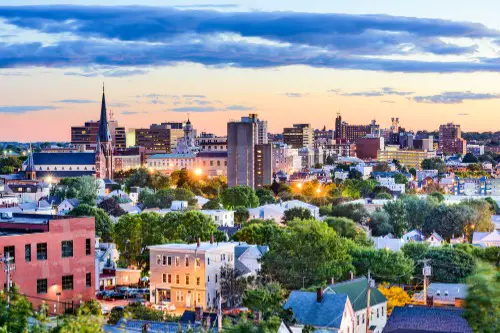
When English settlers first laid claim to what is now Maine, they nearly named it “New Somerset,” according to Maine.gov. This was in honor of Somerset, England, which many of the colonists had ties to. But King Charles I ultimately preferred “Maine,” possibly as a reference to a French province or because of a naval tradition referring to the “mainland.” The name stuck, but New Somerset was seriously considered for a time.
If Maine had been called New Somerset, it would have felt more like a continuation of England than an independent region. Today, Maine has a distinct identity, famous for its rugged coastlines and lobster industry. “New Somerset” might have made it sound more like a quaint British colony. It’s hard to imagine such a fiercely independent state with any other name!
6. Montana – Shoshone
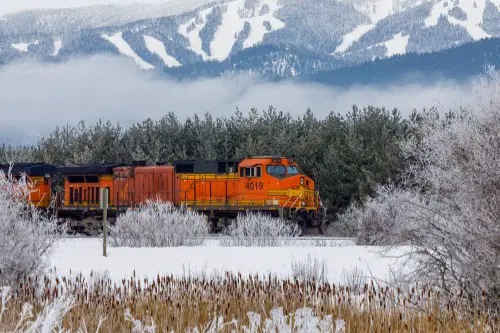
When Montana was still a territory, one proposed name for it was “Shoshone,” after the Native American tribe. The Shoshone people had long inhabited the region, and some lawmakers thought it was fitting. But others pushed for “Montana,” which comes from the Spanish word for “mountainous.” In the end, Montana’s rugged landscape won out as the inspiration for its name.
Had it been called Shoshone, Montana might have had a stronger Native American cultural identity. Today, Montana is still home to several Native American reservations, but its name doesn’t directly reflect that heritage. “Montana” is simple and descriptive, but it doesn’t tell much of a story. “Shoshone” would have been a unique tribute to the Indigenous people of the region.
7. Kentucky – Transylvania
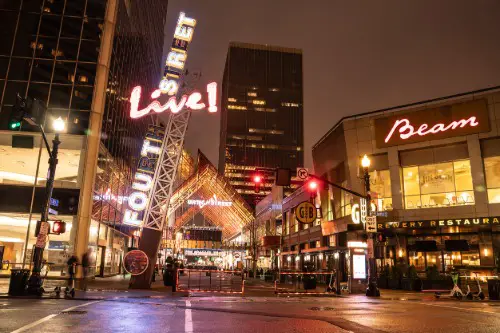
Believe it or not, Kentucky was almost called “Transylvania.” In the 1770s, a land company tried to create a colony called the Transylvania Purchase, covering what is now Kentucky. The name wasn’t inspired by vampires—it came from Latin, meaning “across the woods.” However, Virginia rejected the idea, and when the area became a state, it was named Kentucky instead, after a Native American word.
If it had kept the name Transylvania, Kentucky would definitely have a spookier reputation today. Imagine if the University of Kentucky was the University of Transylvania instead! There is still a Transylvania University in Lexington, a small reminder of what could have been. But let’s be honest—Kentucky just rolls off the tongue better.
8. Washington – Columbia
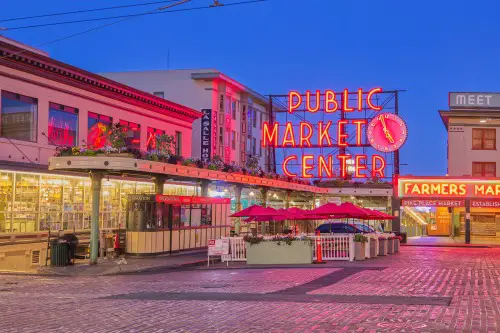
When Washington became a state in 1889, many people wanted to name it “Columbia.” It would have been a tribute to Christopher Columbus and matched the name of the Columbia River. But Congress worried that having both the District of Columbia and the State of Columbia would be too confusing. Instead, they named it after George Washington, making it the only state named after a U.S. president.
Had Columbia won out, the state might have had a stronger association with the Pacific Northwest’s natural beauty. Today, Washington often gets confused with Washington, D.C., anyway, so maybe Congress was overthinking it. The name “Washington” carries a lot of historical weight, but “Columbia” would have given it a more poetic touch. Either way, the state remains one of the most beautiful and unique in the country.
9. Nevada – Washoe
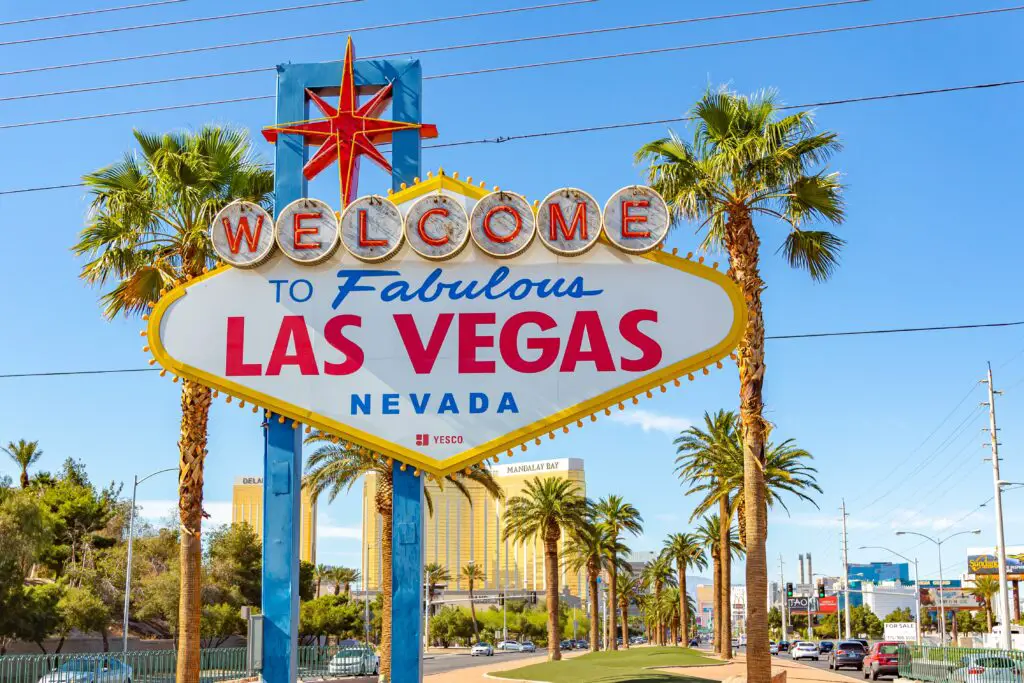
Before Nevada became a state in 1864, there was a strong push to name it “Washoe.” The name came from the Washoe people, a Native American tribe that lived in the area for centuries. Given the state’s deep Indigenous history, some felt Washoe was a fitting tribute. However, “Nevada,” meaning “snow-covered” in Spanish, ultimately won out, thanks to the influence of Spanish settlers and explorers.
If Nevada had been named Washoe, it might have had a more distinct cultural identity. Today, the name lives on in Washoe County, home to Reno, as well as in local businesses and landmarks. “Nevada” is a bit ironic since much of the state is desert, not snow-covered mountains. But given how famous the state is for Las Vegas, “Washoe” would have given it a completely different vibe.
10. Idaho – Montana
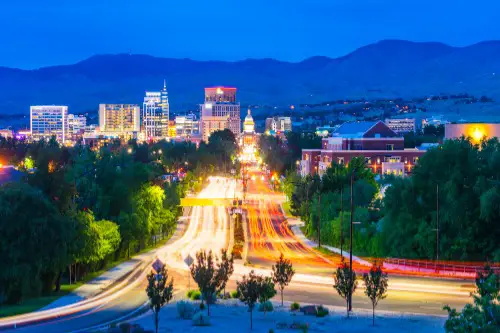
Idaho almost never existed as a state because it was nearly called “Montana” first. Before Montana became a separate state, early territorial maps labeled present-day Idaho as “Montana.” However, when the region was split up, Montana kept the name, and Idaho was chosen for the remaining land. The name “Idaho” was originally thought to be a Native American word, but it turned out to be completely made up.
Had Idaho been called Montana, the U.S. map would look completely different today. Idaho’s rugged mountains and famous potatoes might have been associated with the wrong state. “Montana” ended up fitting the other region better, thanks to its massive mountain ranges. But imagine a world where Montana didn’t exist and we had a giant Idaho instead!
11. Arizona – Gadsonia
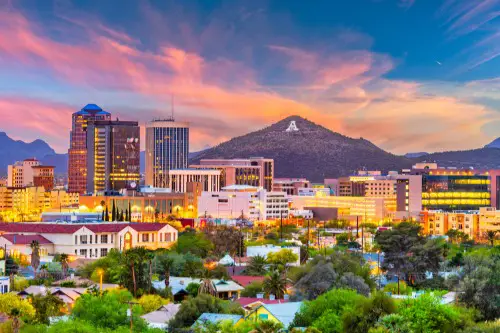
At one point, there was a proposal to name Arizona “Gadsonia” instead. The name would have honored James Gadsden, the man behind the Gadsden Purchase, which added southern Arizona and part of New Mexico to the U.S. in 1854. Some politicians wanted to recognize his role in expanding the country’s borders. But ultimately, “Arizona” was chosen, likely based on a Basque or Native American word meaning “little spring.”
If it had been called Gadsonia, Arizona might have sounded more like a Southern state. The name doesn’t quite fit the Wild West image the state is known for today. Arizona’s dramatic landscapes, Grand Canyon, and desert culture feel more fitting for a name with Indigenous roots. Gadsonia just doesn’t have the same ring to it—good call, lawmakers.
12. Wisconsin – Chippewa
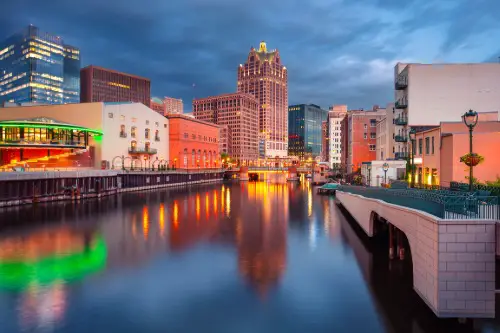
When Wisconsin was becoming a state, “Chippewa” was one of the names under consideration. It would have honored the Chippewa (Ojibwe) people, who lived in the region long before European settlers arrived. The name had strong Indigenous roots, but lawmakers eventually chose “Wisconsin,” based on a French interpretation of a Native word for the Wisconsin River. The state name stuck, but Chippewa remains as the name of a county, a river, and several towns.
If Wisconsin had been called Chippewa, it might have set a precedent for more Native-inspired state names. Wisconsin still honors its Indigenous history in many ways, but the name itself doesn’t directly reflect it. “Chippewa” would have been a strong nod to the state’s original inhabitants. However, Wisconsinites might have struggled with how to spell it—Wisconsin was probably the easier choice.
13. Colorado – Jefferson
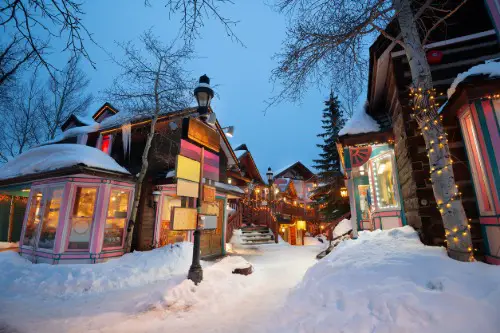
Before Colorado became a state, there was an effort to name it “Jefferson.” In the late 1850s, settlers in the area wanted to form their own government and honor Thomas Jefferson. The proposed “State of Jefferson” even had its own government for a short time, but it was never officially recognized. When the U.S. finally created the Colorado Territory in 1861, they went with a name based on the Spanish word for “colored” or “ruddy,” inspired by the red rock landscapes.
If it had been called Jefferson, it might have led to confusion with the many other places named after Thomas Jefferson. Colorado’s name gives it a unique identity that matches its stunning mountain scenery. Even today, some parts of the country still try to create a “State of Jefferson,” particularly in Northern California. But can you imagine Denver being in Jefferson instead of Colorado? It just wouldn’t be the same.


